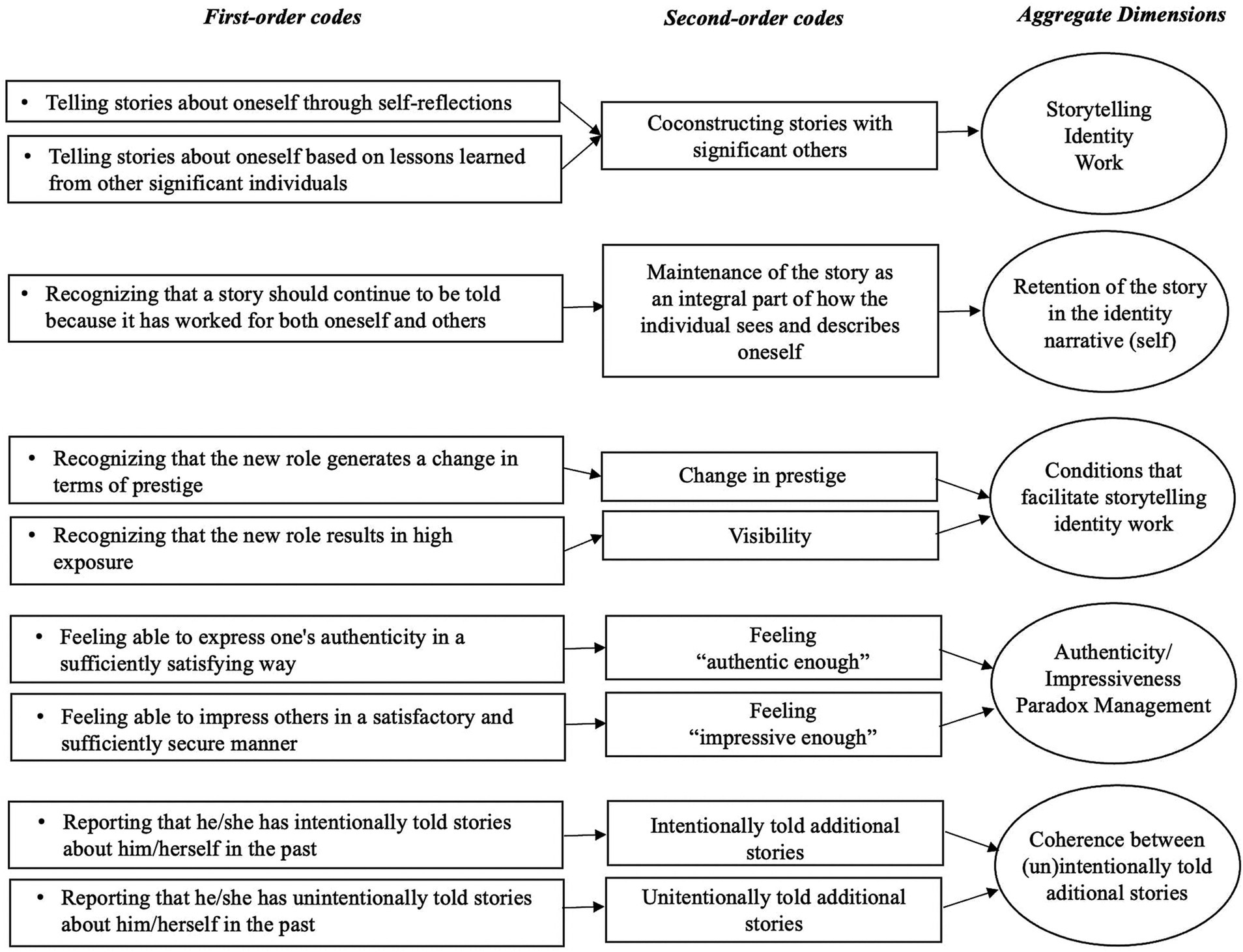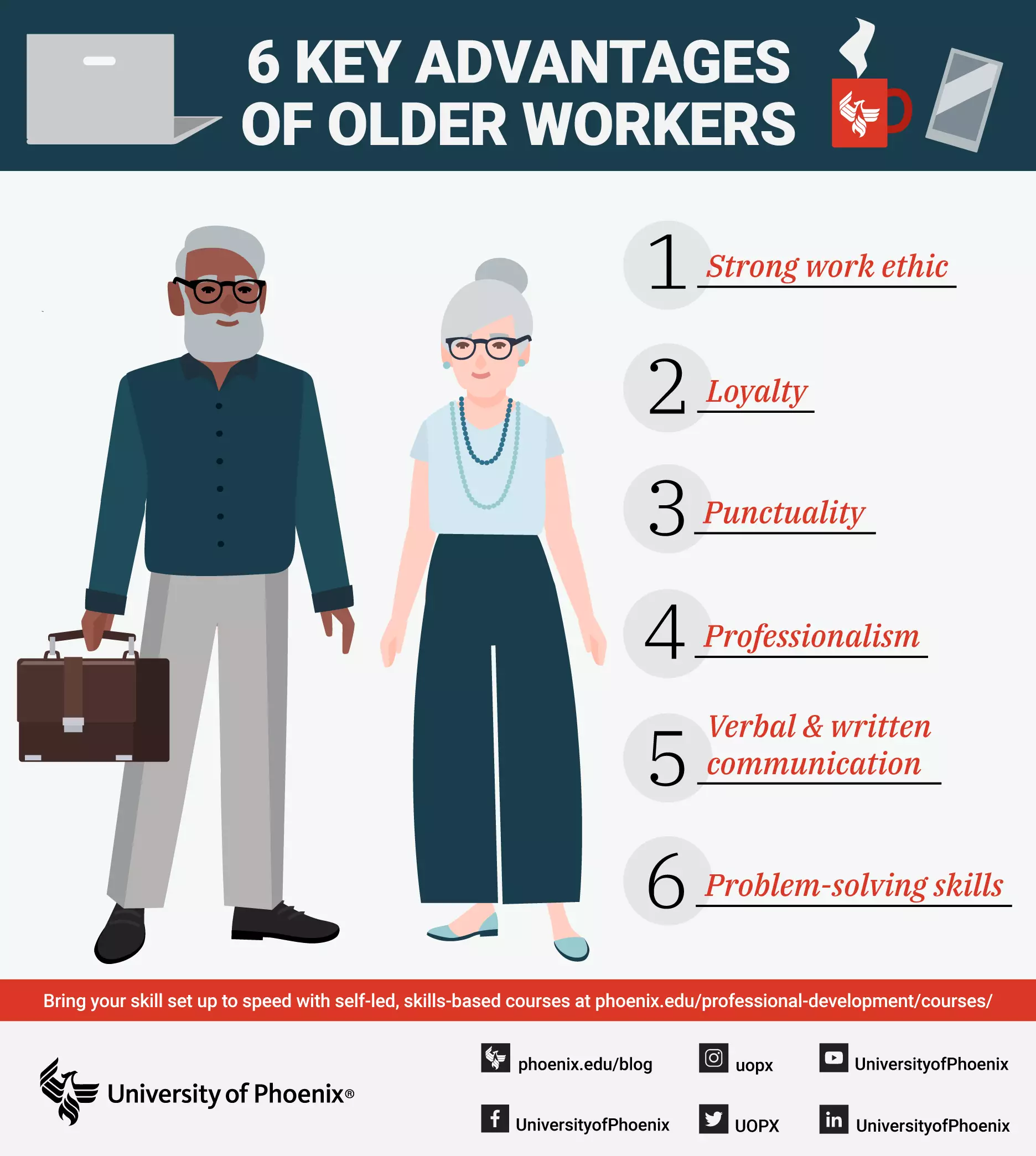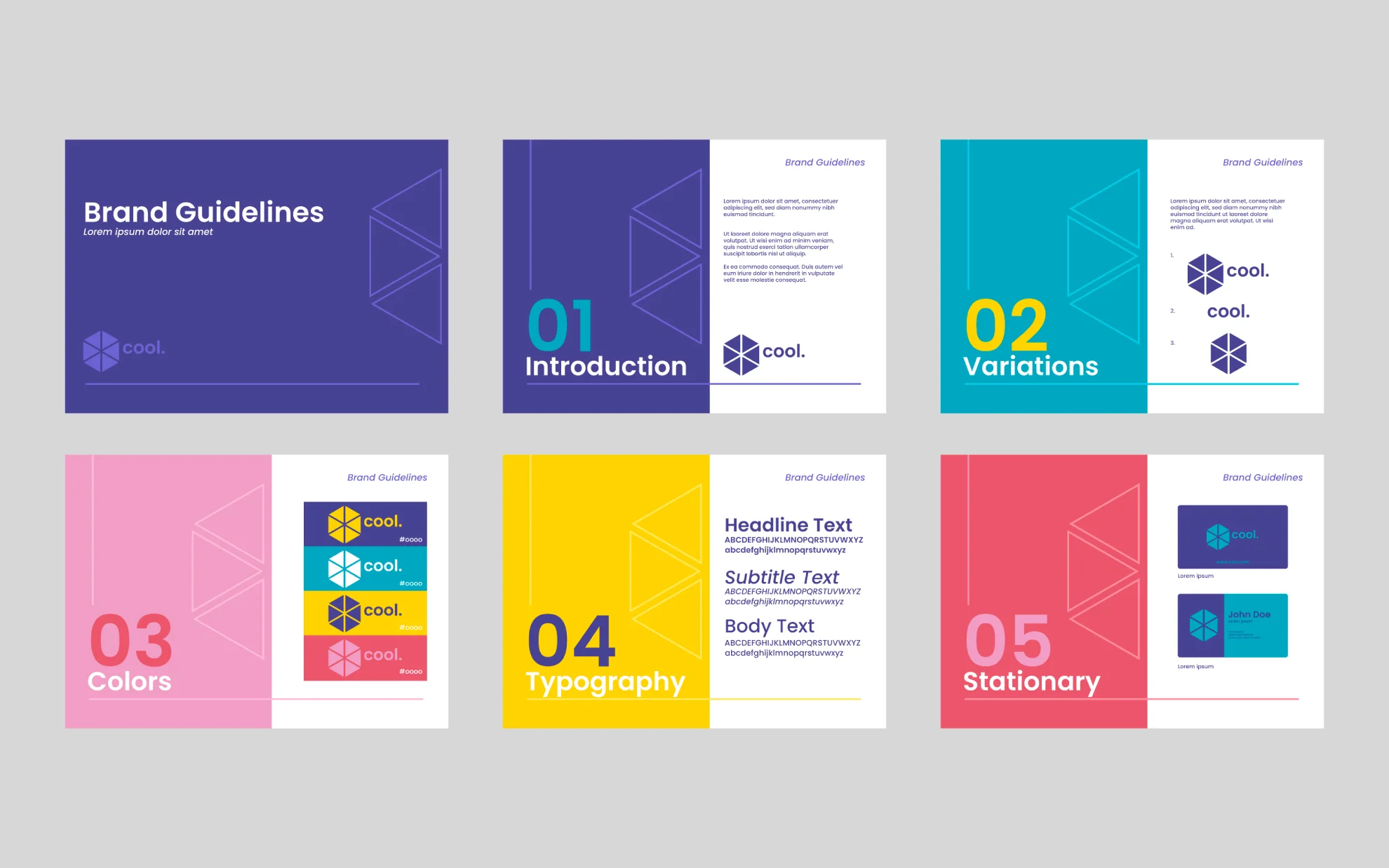Strategies for building a strong personal brand

Strategies for Building a Strong Personal Brand
In today’s fast-paced digital world, having a strong personal brand is crucial for career advancement, business growth, and establishing a lasting professional presence. For middle-aged individuals aged 40-55, building a personal brand can be both a challenge and an opportunity to redefine their professional identity and leverage their years of experience. Here’s a comprehensive guide tailored to help this demographic build a compelling and authentic personal brand.
Understanding the Importance of Personal Branding
Personal branding is about creating a unique identity that sets you apart from others in your field. It involves showcasing your expertise, values, and experiences in a way that resonates with your target audience. In a job market where 85% of searches start online, having a strong online presence is essential for career success .1.

Why Personal Branding Matters for Midlife Professionals
-
Career Advancement: Personal branding helps you stand out in a competitive job market, creating opportunities for career advancement and new business ventures.
-
Credibility and Trust: It builds credibility and trust with your audience, which is vital for professional relationships and business partnerships.
-
Legacy and Financial Stability: Crafting a personal brand can lead to a lasting legacy and provide financial stability in an unpredictable job market .2.
Strategies for Building a Strong Personal Brand

1. Define Your Personal Brand
-
Identify Your Unique Value Proposition (UVP): Determine what sets you apart from others in your field. This could be your unique blend of skills, experiences, or perspectives.
-
Clarify Your Brand Values: Establish the principles that guide your professional life. These values should reflect your personality and what you stand for.
-
Set Clear Goals: Define specific, measurable objectives for your personal brand, such as increasing your social media following or securing speaking engagements .4 .13.

2. Craft Your Brand Story
-
Share Your Experiences: Use storytelling to connect with your audience on a deeper level. Share your successes, failures, and lessons learned.
-
Be Authentic: Ensure your narrative is genuine and reflects your true self. Authenticity builds trust and makes your brand more relatable .3 .6.

3. Build a Strong Online Presence
-
Choose the Right Platforms: Focus on platforms where your target audience is most active. For professionals, LinkedIn is often a key platform.
-
Consistency Across Platforms: Ensure your branding elements (e.g., logo, colors, tone) are consistent across all platforms to reinforce your brand image .13.
4. Share Your Expertise
-
Create Valuable Content: Produce content that offers insights, tips, or solutions relevant to your audience. This could be through blog posts, videos, podcasts, or social media updates.
-
Position Yourself as an Expert: Use public speaking, guest blogging, or interviews to establish yourself as a thought leader in your niche .13.

5. Engage with Your Audience
-
Build a Community: Connect with like-minded individuals who share your interests and values. Engage in meaningful conversations and collaborate on projects.
-
Be Responsive: Regularly interact with your audience through comments, messages, and social media posts to build a loyal following .6 .10.

6. Embrace Technology and Trends
-
Stay Updated: Keep abreast of the latest trends and tools in your industry. Use technology to expand your reach and enhance your brand’s visibility.
-
Leverage Video Content: Video is a powerful medium for personal branding. Use it to connect with your audience on a more personal level .12.

7. Overcome Ageism and Self-Doubt
-
Focus on Your Strengths: Highlight your experience and the unique perspective it brings.
-
Reframe Your Narrative: View your age as an asset rather than a liability. Emphasize how your years of experience contribute to your expertise and authority .1 .2.

Practical Tips for Writing Engaging Content

1. Use a Conversational Tone
-
Be Relatable: Write in a friendly, conversational style that makes readers feel like they’re having a conversation with you.
-
Avoid Jargon: Use simple language to ensure your content is accessible to a wide audience .14.

2. Craft Captivating Headlines
-
Use Hooks: Start with a hook that grabs attention. This could be a surprising fact, a question, or an anecdote.
-
Set the Tone: Establish the tone and context early on to guide readers through your content .14.

3. Optimize for Readability
-
Use Visuals: Incorporate images, infographics, or videos to break up text and enhance engagement.
-
Structure Your Content: Use short paragraphs, bullet points, and subheadings to make your content easy to scan .14.

4. Write Concisely
-
Focus on Value: Ensure every word adds value to your message. Avoid filler words and redundant phrases.
-
Use Active Voice: Write in the active voice to make your content more engaging and clear .15.

Conclusion
Building a strong personal brand is a journey that requires strategy, authenticity, and consistency. By focusing on your unique strengths, sharing your story, and engaging with your audience, you can establish a compelling personal brand that opens doors to new opportunities and secures your professional future. Remember, your age is not a barrier but a strength in personal branding. Leverage your experience and confidence to stand out in today’s competitive landscape.
Additional Resources:
-
Personal Branding Examples: Explore successful personal branding examples like Tony Robbins, Melyssa Griffin, and Noah Kagan to understand how consistency and authenticity contribute to their success .5.
-
Networking Strategies: Attend industry events, join professional associations, and engage in online communities to expand your network and opportunities .13.
-
Content Creation Tools: Utilize platforms like LinkedIn, YouTube, and podcasts to share your expertise and build your brand .10 .









